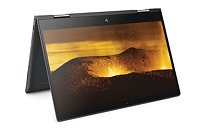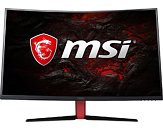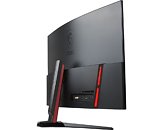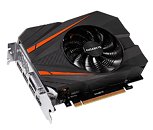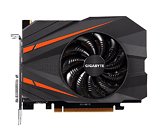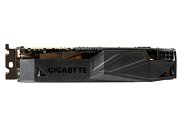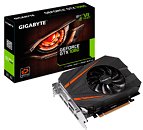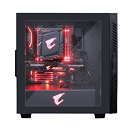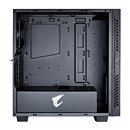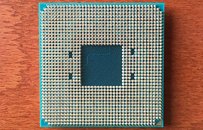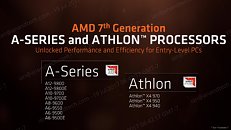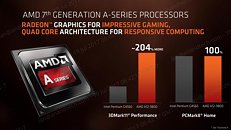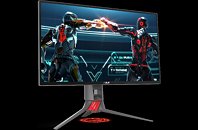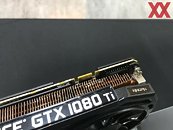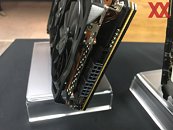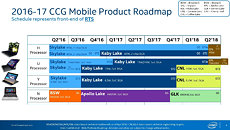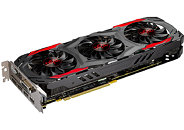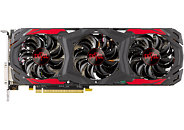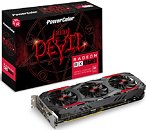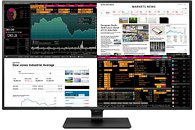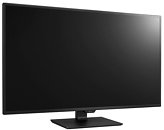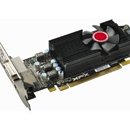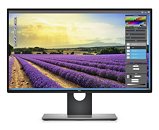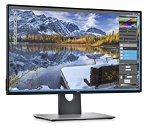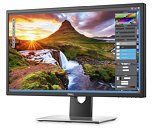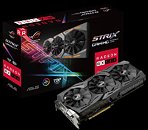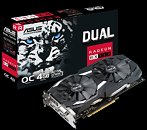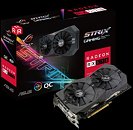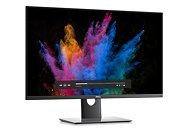
HP ENVY x360 15-bq101na Could be First "Raven Ridge" Implementation
HP posted the datasheet of its upcoming 2-in-1 notebook PC, the ENVY x360 15-bq101na, which could be the world's first implementation of AMD's upcoming 14 nm "Raven Ridge" APU. The silicon combines a quad-core "Zen" CPU with an integrated graphics core based on the "Vega" GPU architecture. The datasheet speaks of an "AMD Ryzen 5 2500U" processor powering the machine.
The Ryzen 5 2500U is being described as featuring a quad-core CPU clocked at 2.00 GHz with 3.60 GHz boost frequency, and 6 MB of cache. This could very well be total-cache, since that's how AMD likes OEMs to advertise cache on its chips, which works out to 512 KB of L2 cache per core, and 4 MB of shared L3 cache. The graphics core features the branding "AMD Radeon Vega M," confirming that this chip is indeed a derivation of "Raven Ridge."
The Ryzen 5 2500U is being described as featuring a quad-core CPU clocked at 2.00 GHz with 3.60 GHz boost frequency, and 6 MB of cache. This could very well be total-cache, since that's how AMD likes OEMs to advertise cache on its chips, which works out to 512 KB of L2 cache per core, and 4 MB of shared L3 cache. The graphics core features the branding "AMD Radeon Vega M," confirming that this chip is indeed a derivation of "Raven Ridge."
